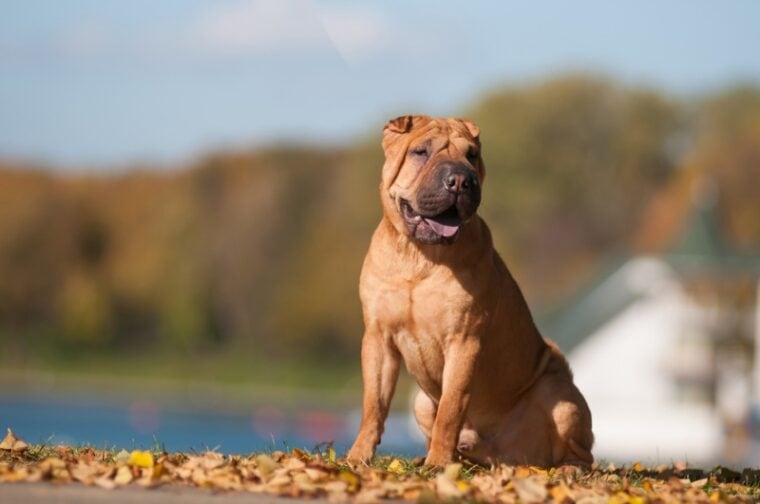
Click Below to Skip Ahead
Shar Peis are a popular wrinkly dog breed from Ancient China. As a guardian breed, they are a medium-sized dog that’s solid and stocky, allowing them to defend their territory. As an adult, the Shar Pei is about 45 to 60 pounds and stands at 17 to 20 inches tall.
Most Shar Peis finish growing around a year or 18 months. Growth rates can vary between individual dogs, however, so it’s important to keep track of your puppy’s development and ensure that they’re coming along properly.
Shar Pei Breed Overview
The Shar Pei is a Chinese guardian breed with a short, rough coat and wrinkled skin. Bred as a guard dog, this medium-sized breed is known for intelligence, loyalty, and protectiveness. They were used to guard livestock originally, a role that evolved to hunting boar and guarding owners’ homes.
Some of the distinctive breed traits beyond the wrinkled skin is a square, short build, a broad, flat head, and a blue-black tongue. These dogs are about 45 to 60 pounds and stand at 18 inches to 20 inches, though individual genetics will play a role, as well.
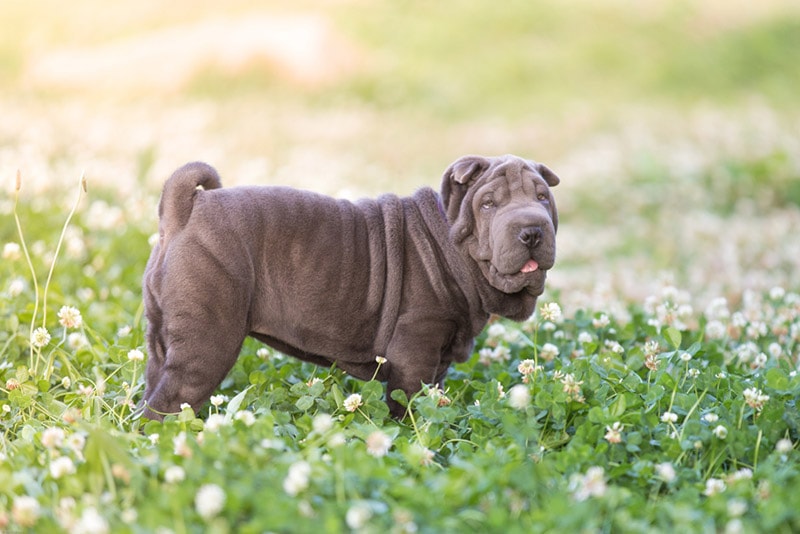
Shar Pei Size and Growth Chart
Shar Peis’ size can vary based on several factors, but this chart offers a general guideline for your Shar Pei’s weight at different stages of growth. Don’t be too concerned if your dog is outside of the range, but it’s important to consult with your vet to ensure that your dog is growing properly and neither over- nor underweight.
| Age | Weight Range |
| 3 months | 21–25 lbs |
| 4 months | 27–33 lbs |
| 5 months | 33–40 lbs |
| 6 months | 40–47 lbs |
| 7 months | 42–51 lbs |
| 8 months | 45–54 lbs |
| 9 months | 47–57 lbs |
| 10 months | 49–59 lbs |
| 11 months | 51–61 lbs |
| 12 months | 53–62 lbs |
| 16 months | 55–65 lbs |
When Does a Shar Pei Stop Growing?
Shar Peis grow rapidly until about 12 months of age. Their growth slows at that time but may continue for about six months. Some individuals may reach their adult size but will fill out until they are about two or three years old. They generally reach about 17 to 20 inches in height and 45 to 60 pounds in weight as adults, with the males usually larger than the females.
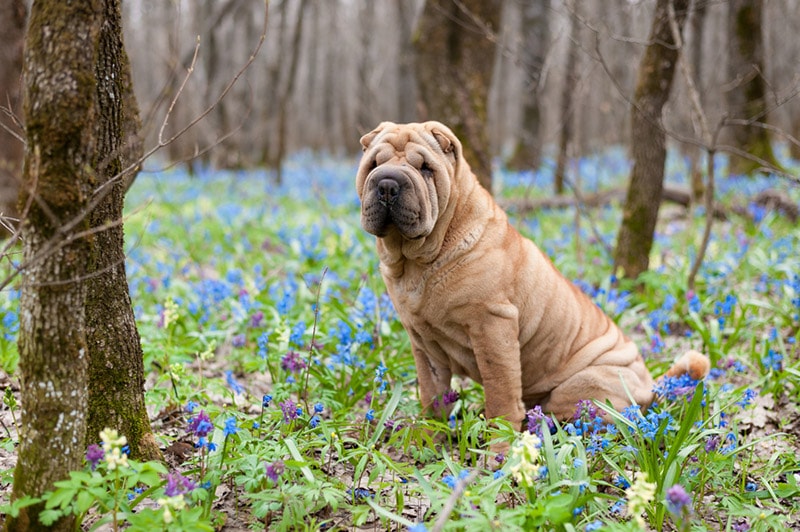
Factors Affecting the Size of Shar Pei
There are several factors that may affect your dog’s size, including:
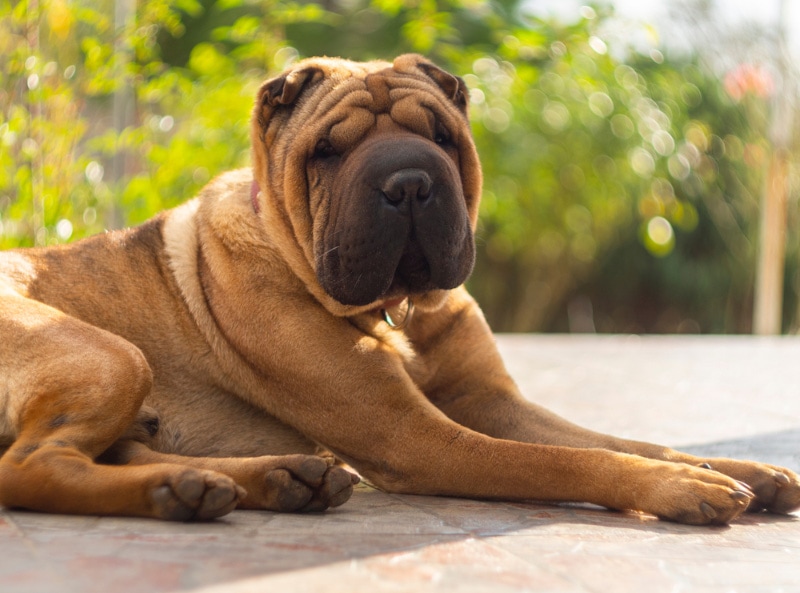
Ideal Diet for Maintaining a Healthy Weight
Growing puppies should be on high-quality puppy food that can help them develop properly. Puppy food has higher amounts of protein, fat, and certain essential nutrients that are important during growth periods. Once your dog reaches about a year of age, you can switch to an adult maintenance food.
Puppies should have portions separated into three or four meals daily. At about three to six months, you can transition your dog into meals twice a day, which is a good schedule for an adult Shar Pei.
It’s best to use a high-quality food that’s approved by the American Association of Feed Control Officials (AAFCO) and meets the guidelines put forth by the World Small Animal Veterinary Association (WSAVA). These brands offer puppy food, adult food, and a variety of specialty diet formulas. Always discuss feeding schedules, food types and amount fed with your veterinarian, as they are an important part of your dog’s care.
How to Measure Your Shar Pei
Keeping up with your puppy’s height and weight as they grow is a good way to ensure that they’re on track. You can track weight by using your own bathroom scale. First, weigh yourself on the scale, then weigh yourself holding your puppy, and subtract the two. You should also track your puppy’s weight at your vet appointments.
Maintaining the ideal body condition is an important part of your dog’s development beyond height and weight. You can use a body condition score chart to ensure your dog is the proper weight based on details like the waist definition and fat distribution over the ribcage.
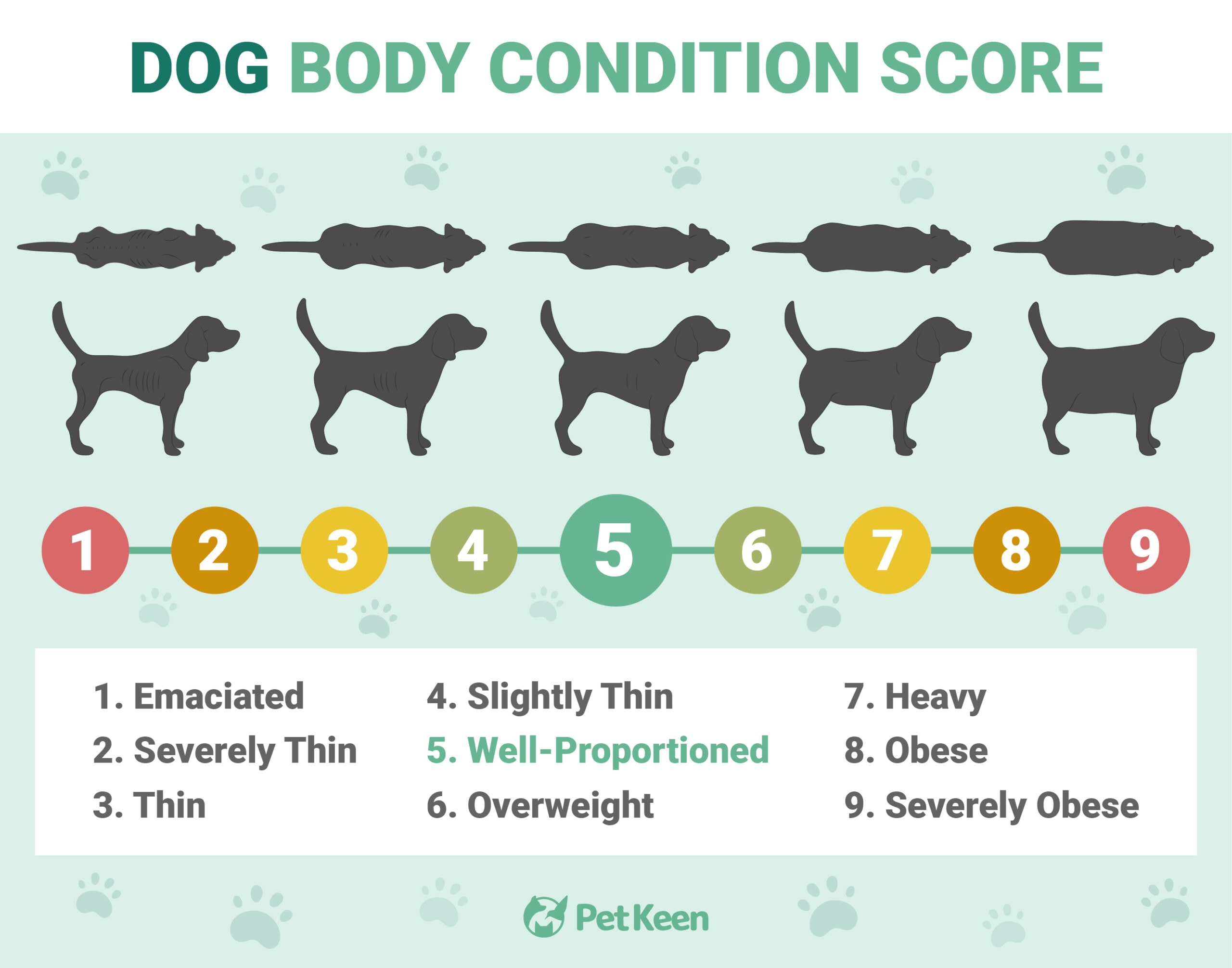
Conclusion
Shar Peis are solid medium-sized dogs that are about 45 to 60 pounds as adults. Your dog’s weight is a big part of their health, so it’s important to track your dog’s weight, height, and body condition to ensure that they’re developing properly.
Featured Image Credit: David Raihelgauz, Shutterstock









